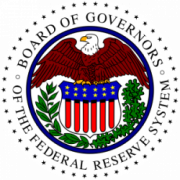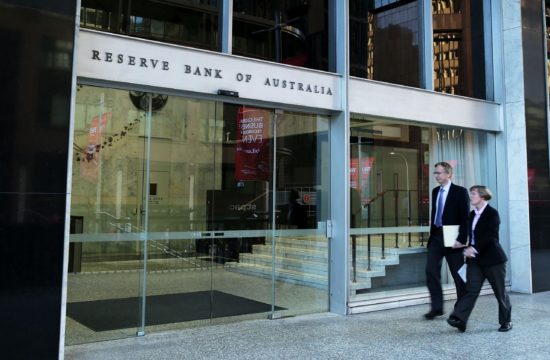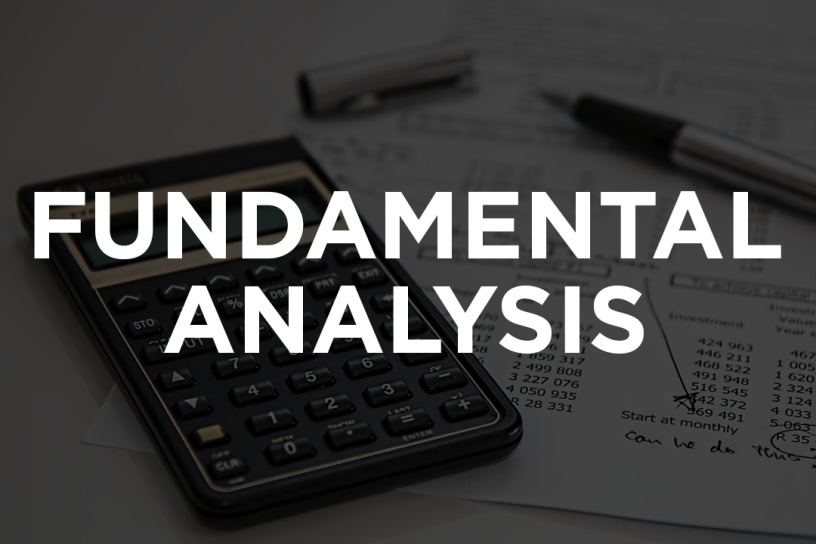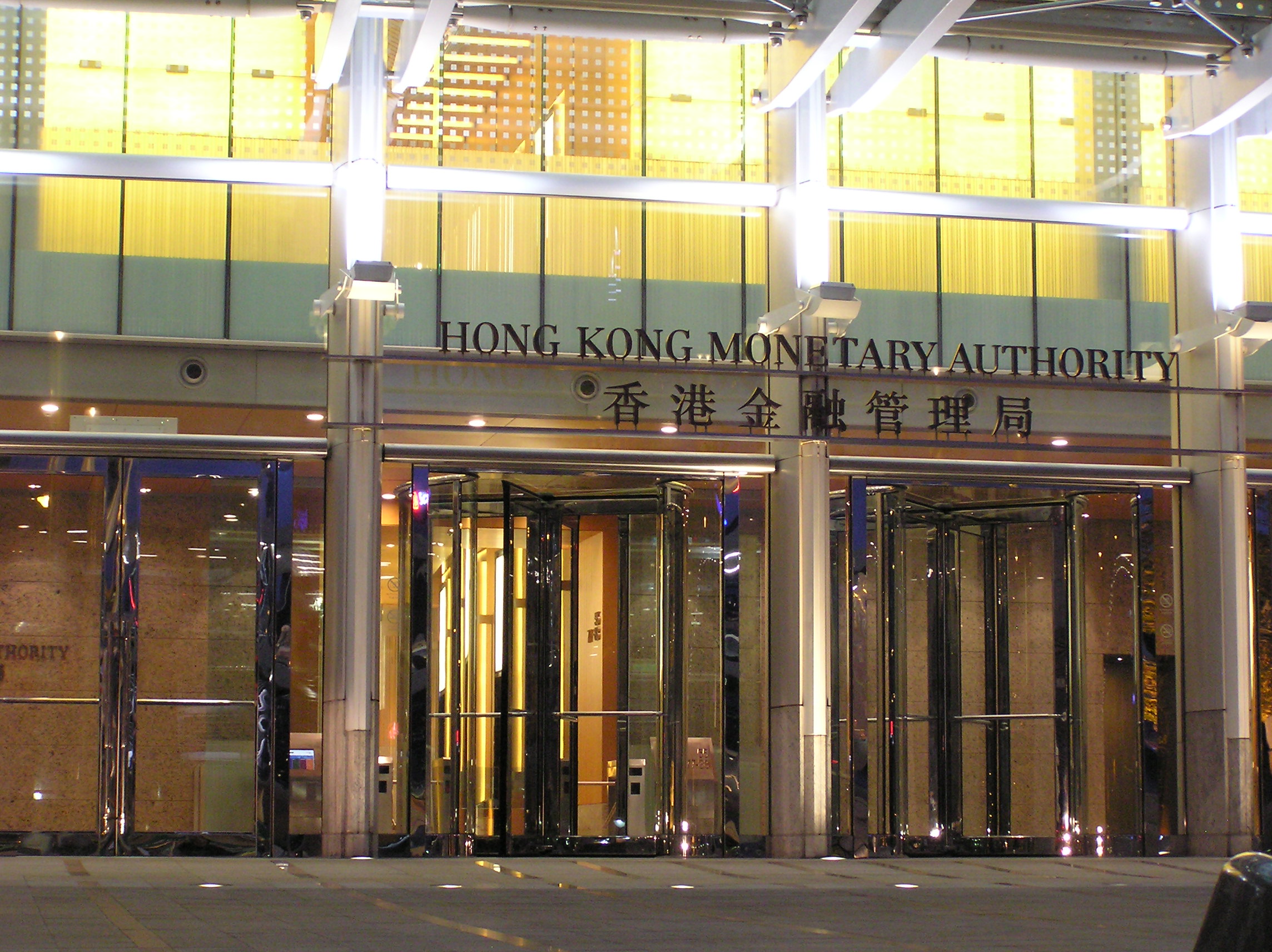The Federal Reserve Board on Monday announced an expansion of the scope and duration of the Municipal Liquidity Facility (MLF). The facility, which was announced on April 9 as part of an initiative to provide up to $2.3 trillion in loans to support U.S. households, businesses, and communities, will offer up to $500 billion in lending to states and municipalities to help manage cash flow stresses caused by the coronavirus pandemic.
The facility, as revised, will purchase up to $500 billion of short-term notes issued by U.S. states (including the District of Columbia), U.S. counties with a population of at least 500,000 residents, and U.S. cities with a population of at least 250,000 residents. The new population thresholds allow substantially more entities to borrow directly from the MLF than the initial plan announced on April 9. The facility continues to provide for states, cities, and counties to use the proceeds of notes purchased by the MLF to purchase similar notes issued by, or otherwise to assist, other political subdivisions and governmental entities. The expansion announced today also allows participation in the facility by certain multistate entities.
To be eligible for the facility, notes must mature no later than 36 months from the date of issuance—an increase from the previously announced 24-month maximum term. In addition, among other rating requirements, eligible issuers must have had an investment grade rating as of April 8, 2020, from at least two major nationally recognized statistical rating organizations. The termination date for the facility has been extended to December 31, 2020 in order to provide eligible issuers more time and flexibility.
The Federal Reserve is also considering expanding the MLF to allow a limited number of governmental entities that issue bonds backed by their own revenue to participate directly in the MLF as eligible issuers. Any decision to include any such additional eligible issuers would be publicly announced at a future date. The Federal Reserve will continue to closely monitor conditions in primary and secondary markets for municipal securities and will evaluate whether additional measures are needed to support the flow of credit and liquidity to state and local governments.
The MLF is established under Section 13(3) of the Federal Reserve Act, with approval of the Treasury Secretary. The Treasury will provide $35 billion of credit protection to the Federal Reserve for the facility using funds appropriated by the Coronavirus Aid, Relief, and Economic Security Act.
The Federal Reserve remains committed to using its full range of tools to support the flow of credit to households, businesses, and communities to counter the economic impact of the coronavirus pandemic and promote a swift recovery once the disruptions abate.














